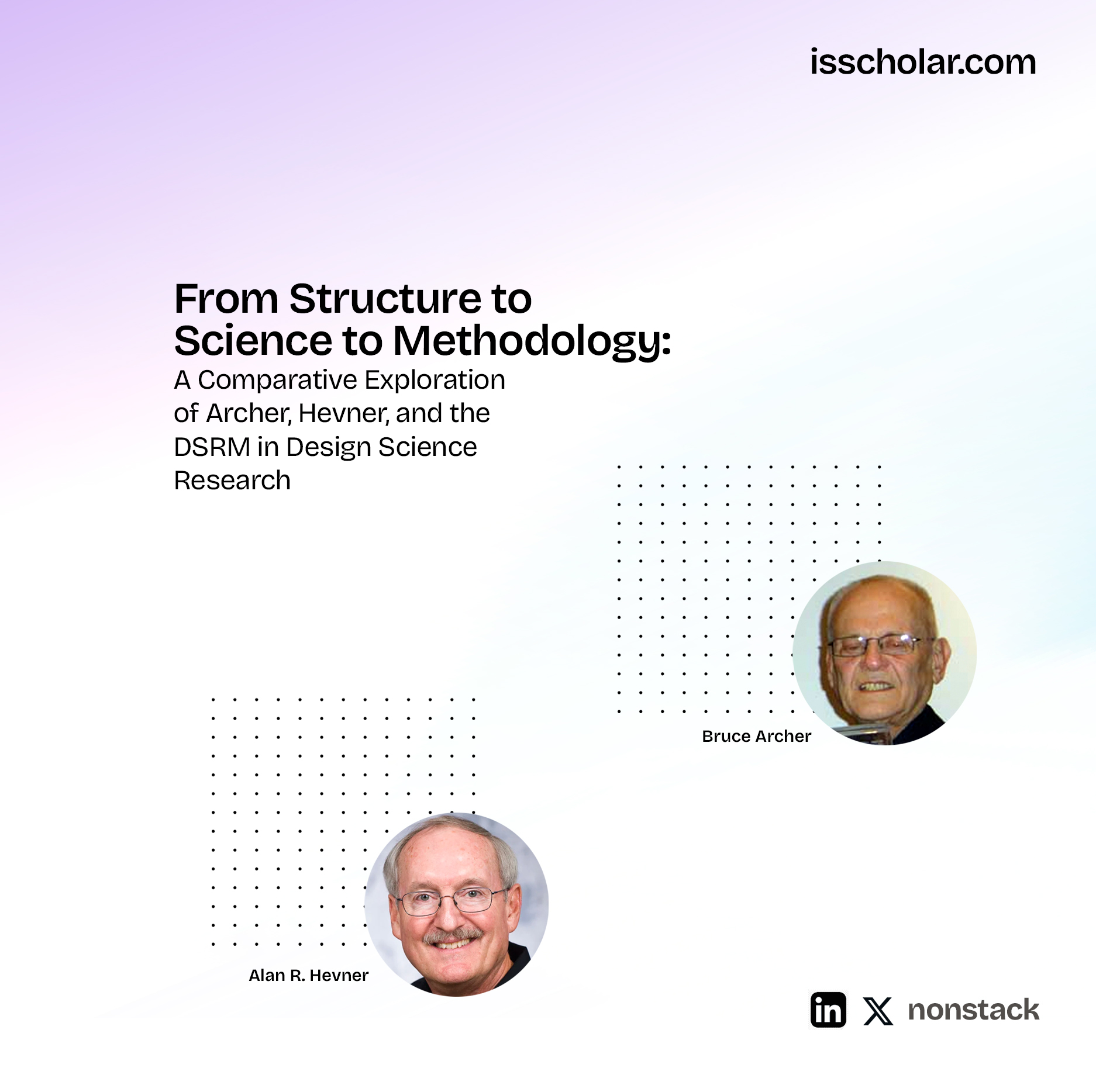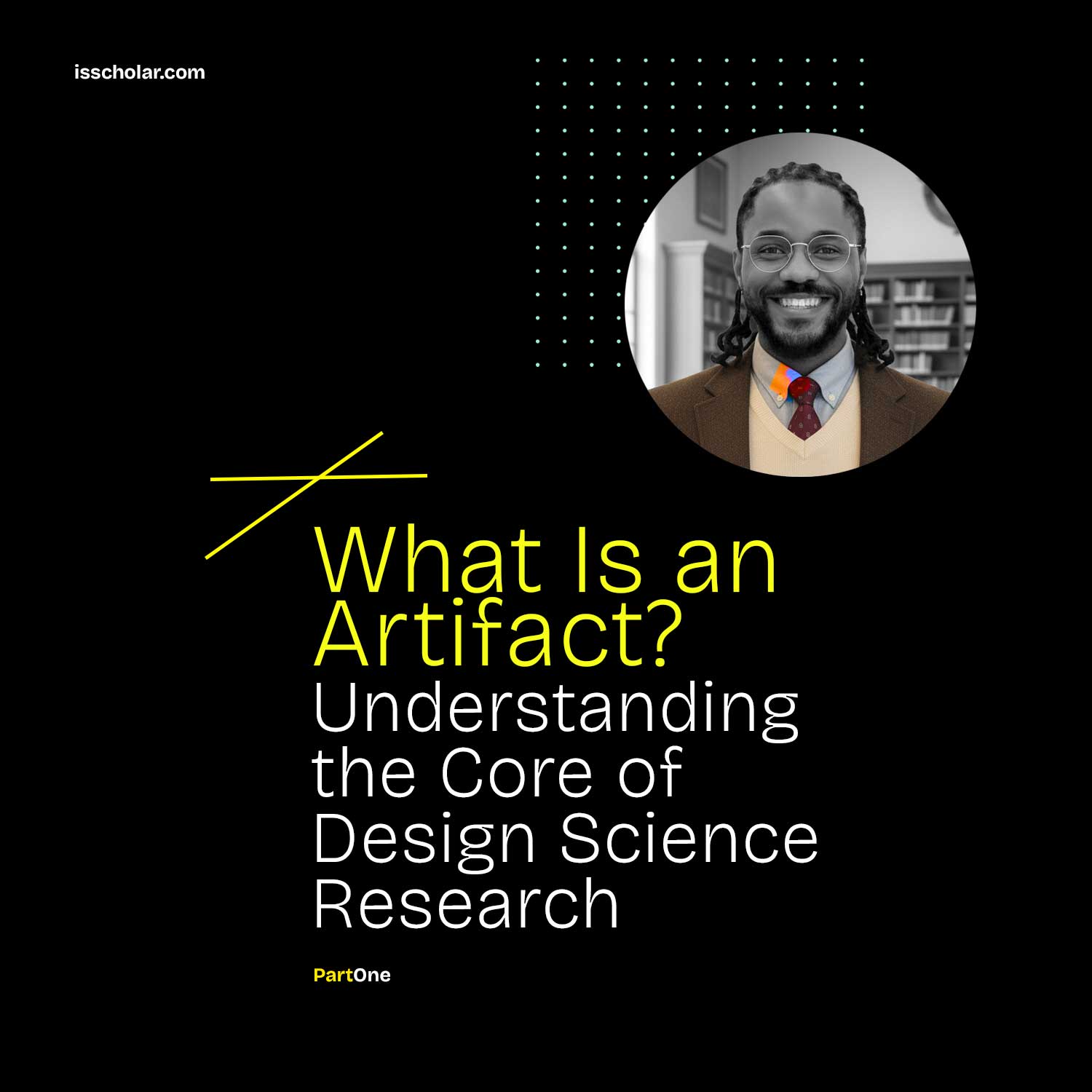Introduction
Karl E. Weick, a prominent figure in organizational psychology and management, has significantly influenced how we understand theory development in social sciences. In his seminal paper “What Theory is Not, Theorizing Is,” Weick challenges conventional notions about the nature of theory and the process of theorizing.
Weick argues that the journey of theory building is far from the linear, pristine process often portrayed in textbooks. Instead, he likens it to a home renovation project: messy, iterative, and full of unexpected challenges. This perspective gives researchers permission to acknowledge the often chaotic nature of their work, embracing the uncertainty and incomplete information that frequently characterize the early stages of theory development.
The Nature of Theorizing
Weick introduces the concept of “approximations” – interim stages in the theory-building process that, while not fully formed theories, serve as crucial stepping stones. These approximations are valuable in their own right, offering insights and directions for further research.
By acknowledging these approximations, Weick makes the research process more approachable and human. It shifts the focus from presenting perfectly polished work to engaging in meaningful dialogue about ideas in progress. This approach opens the door for more interesting conversations and collaborations within the academic community.
Types of Theory Approximations
Weick identifies several common types of approximations in theoretical work. Each has its strengths and limitations, and understanding them can help researchers refine their approach to theory building.
1. Grand Theories
Also known as “theories of everything,” grand theories attempt to explain vast phenomena with a single, overarching framework.
Characteristics:
- Highly ambitious in scope
- Attempt to capture complex systems in a single model
- Often appealing due to their apparent simplicity and broad applicability
Limitations:
- Risk oversimplification of complex issues
- May miss crucial nuances and contextual factors
- Can lead to overgeneralization
Example: In psychology, Freud’s psychoanalytic theory attempted to explain all of human behavior and mental processes through the lens of unconscious desires and childhood experiences. While influential, it has been criticized for oversimplifying the complexity of human psychology.
Weick’s Perspective: While grand theories can be valuable starting points, Weick cautions against mistaking them for finished products. They should be seen as initial scaffolding rather than the completed edifice of understanding.
2. Coverage-Driven Theories
These theories attempt to be comprehensive by including every conceivable variable and referencing a vast array of studies.
Characteristics:
- Prioritize breadth over depth
- Often result in lengthy literature reviews and extensive bibliographies
- Attempt to demonstrate thorough knowledge of the field
Limitations:
- Can obscure core messages due to information overload
- May lack focus and clear central arguments
- Risk superficial treatment of important concepts
Example: A researcher studying organizational culture might attempt to include every possible factor influencing culture, from leadership styles and communication patterns to office layout and dress codes. While comprehensive, this approach might fail to provide deep insights into the most crucial aspects of organizational culture.
Weick’s Analogy: Weick compares this approach to a person at a buffet who loads their plate with every available item, resulting in indigestion. Similarly, coverage-driven theories may be difficult for readers to digest and apply.
Underlying Issues: Weick suggests that this tendency often stems from apprehension about criticism. By covering all bases, researchers hope to preempt potential objections. However, this approach can paradoxically make the work more vulnerable to critique due to its lack of focus.
3. Data-Driven Theory
This approach allows data to dictate the theory, rather than using theory to frame data interpretation.
Characteristics:
- Heavily relies on empirical observations
- Often results from exploratory research without clear initial hypotheses
- Can lead to unexpected insights
Limitations:
- May lack a coherent framework for understanding the data
- Can result in a collection of findings without a unifying explanation
- Risks missing important theoretical implications of the data
Weick’s Analogy: Weick likens this to assembling a jigsaw puzzle without looking at the picture on the box. While you might connect some pieces, you’re likely to end up with an incoherent overall image.
Key Quote: “Data by themselves are not theory any more than a patient’s symptoms are a diagnosis.” This underscores the need for theoretical frameworks to make sense of empirical observations.
Example: A study collecting vast amounts of data on employee behavior might identify numerous correlations (e.g., between office layout and productivity, or between communication frequency and job satisfaction). However, without a theoretical framework to explain these relationships, the findings remain descriptive rather than explanatory.
4. Variable List Theory
Common in fields dealing with complex systems, this approach focuses on identifying and listing relevant variables without fully explaining their interactions.
Characteristics:
- Comprehensive identification of factors involved in a phenomenon
- Often presented as a precursor to more developed theories
- Can be useful in mapping out complex systems
Limitations:
- Lacks explanation of how variables interact or influence each other
- Doesn’t provide a coherent narrative or causal model
- May prioritize complexity over clarity
Weick’s Analogy: It’s like providing all the ingredients for a cake without including the recipe. You have all the components, but you’re missing the crucial instructions on how they come together.
Implications: While identifying variables is an important step, Weick argues that it’s insufficient for a fully developed theory. The goal should be to move beyond listing to explain the relationships and processes that connect these variables.
Example: In studying organizational change, a researcher might identify variables such as leadership style, organizational structure, employee motivation, external market pressures, and technological advancements. While comprehensive, simply listing these factors doesn’t explain how they interact to facilitate or hinder organizational change.
5. Standalone Hypotheses
These are intriguing but isolated findings or speculations that lack connection to a broader theoretical framework.
Characteristics:
- Often result from unexpected empirical findings
- Can be highly specific and context-dependent
- May challenge existing assumptions
Limitations:
- Lack context within the broader field of study
- Difficult to generalize or apply to other situations
- May not contribute to cumulative knowledge building
Weick’s Metaphor: Standalone hypotheses are like isolated islands in a vast sea of knowledge. They might be interesting on their own, but it’s unclear how they fit into the broader landscape.
The Problem of Ceremonial Citations: Weick critiques the practice of “ceremonial citations,” where researchers reference prominent works without meaningfully engaging with their ideas. This is akin to name-dropping at a party without fostering genuine conversation.
Example: A study might find that blue-colored offices lead to higher productivity in a specific tech company. While interesting, this standalone finding doesn’t connect to broader theories of workplace psychology or explain why this color effect occurs.
Weick’s Perspective on Theory Building
Weick advocates for a more nuanced, iterative approach to theory development:
- Incremental Progress: Rather than aiming for grand, all-encompassing theories, focus on building knowledge piece by piece.
- Collaborative Effort: View theory building as a community endeavor, with each researcher contributing their unique perspective.
- Embracing Uncertainty: Acknowledge gaps in knowledge and use them as opportunities for further inquiry.
- Ongoing Process: See theorizing as a continuous activity rather than a one-time achievement.
- Balancing Rigor and Creativity: While maintaining scientific rigor, allow for creative leaps and intuitive connections.
Implications for Researchers
Weick’s work has several important implications for how researchers approach their work:
- Asking Good Questions: Focus on formulating meaningful questions rather than pretending to have all the answers.
- Clear Communication: Strive to present ideas in accessible language, avoiding unnecessary jargon.
- Engaging with Literature: Deeply engage with existing work, building on and challenging assumptions rather than merely citing them.
- Valuing Process: Recognize the value of interim stages and approximations in theory development.
- Embracing Complexity: Acknowledge the often messy and non-linear nature of knowledge creation.
- Fostering Dialogue: Use theoretical work to stimulate discussion and collaboration within the academic community.
Conclusion
Karl Weick’s “What Theory is Not, Theorizing Is” challenges researchers to approach theory building with humility, creativity, and an openness to ongoing dialogue. By acknowledging the limitations and approximations in our theoretical frameworks, we create space for more nuanced, dynamic, and ultimately impactful research.
Weick’s work encourages us to see theory not as a final product, but as a living, evolving entity that grows through collective effort and constant refinement. This perspective not only makes the process of theorizing more approachable but also opens up exciting possibilities for innovation and discovery in social science research.










Leave a Reply